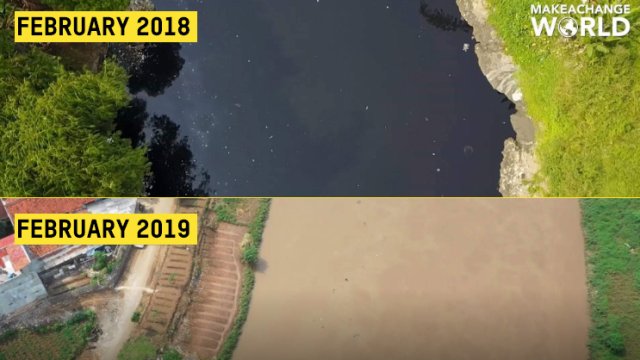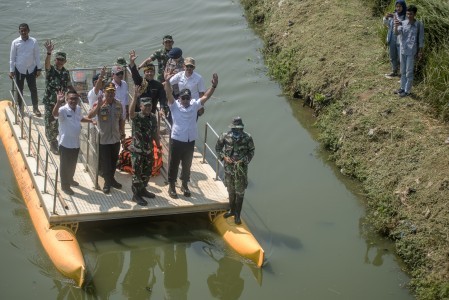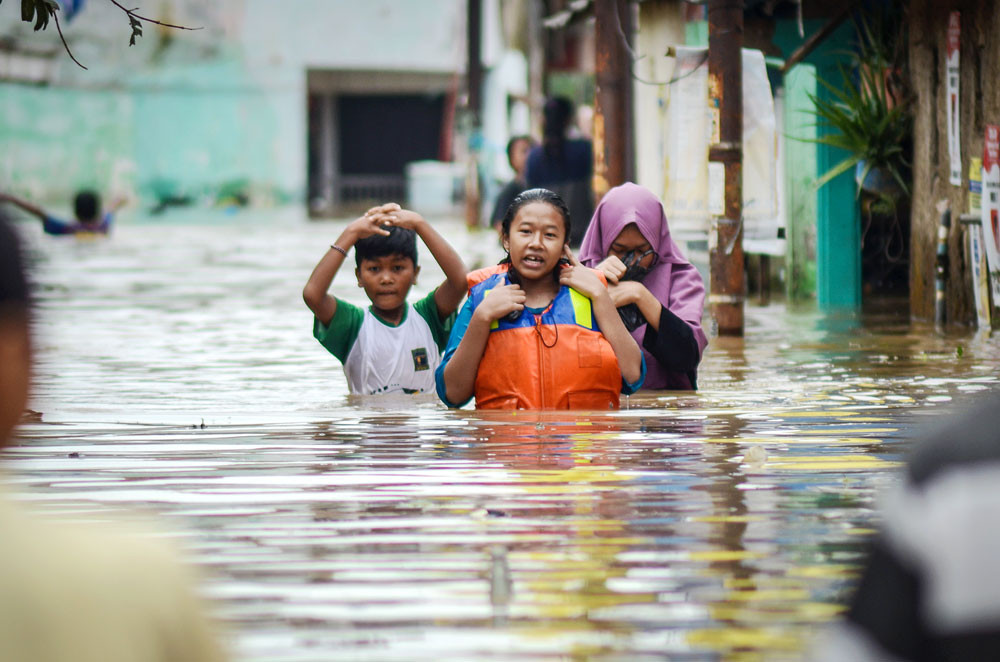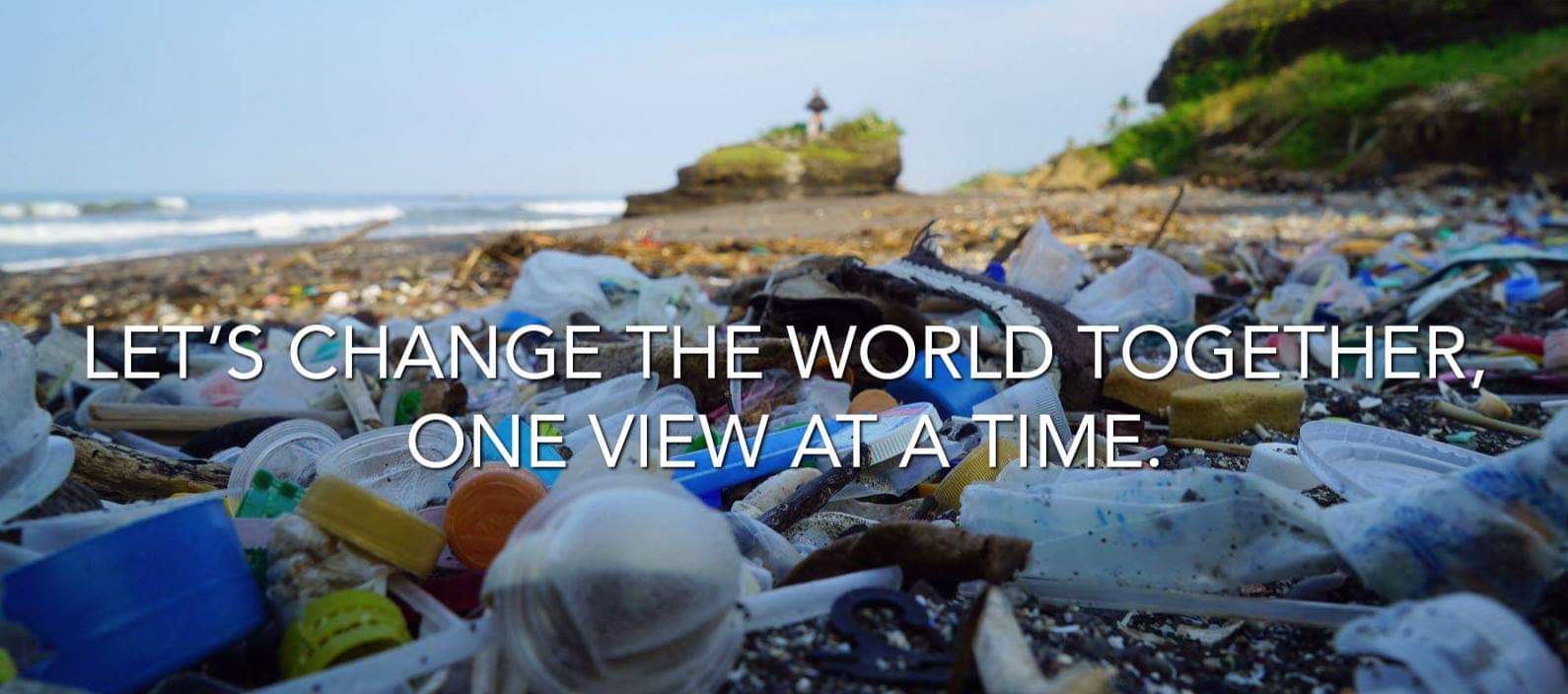
- Sustainable Planet -
- 4mins -
- 1,988 views
Indonesia is cleaning up its most polluted river – Citarum River
The story so far of how two brothers convinced the Indonesian government to clean up Citarum River, one of the planet’s filthiest rivers.
The project to clean one of the world’s filthiest rivers one year on
This time last year, Indonesia’s president Joko Widodo said water from the Citarum River should be made drinkable within seven years under a new cleanup project for the Java island river, often ranked among the world’s most polluted. Here’s how the project is doing one year in.
About the Citarum River
The Citarum is an important river that supports households and industries in West Java and Jakarta. The river is deemed important for the lives of at least 27 million people in the two provinces, as it is a major source for raw water supplies, irrigation and hydroelectric plants.
The poor state of the river, which is also a dump site for domestic and industrial waste, prompted the government to implement restoration and clean-up programs along the river.
Citarum Harum (Foundation) was initiated by the government and the military command last year when National Disaster Mitigation Agency (BNPB) head Lt. Gen. Doni Monardo was serving as Siliwangi commander.
The foundation was launched in February 2018 alongside the program, which was to help the government in revitalising the 270-km (168 miles) long river, which is polluted by household garbage and waste from textile factories.
The foundation has collected money from residents and businesspeople to clean the river, as neither can give money directly to the government to revitalise the Citarum.
Source: JakartaPost

The Future Benefits Look Bright
With the Citarum clean of waste and integrated industrial wastewater treatment, the World Bank has estimated that Indonesia will get a massive range of benefits.
Not only will the water ecosystem return to a healthy state, but the clean Citarum will bring economic benefits of up to $280 million annually.
Clean water will:
- improve the quality of drinking water
- improve crop yields
- and in the long term revitalise the ecosystem and the volume of fish in the river.
And when downstream canals are not clogged with garbage, aesthetically pleasing, crystal clear river water will make riverside property more attractive and resorts and water tourism can grow and prosper.
Source: TheDiplomat.com

Funding the project
Throughout 2018, the military operation as part of the Citarum rehabilitation program was funded by the Citarum River Basin Area Center under the Public Works and Housing Ministry.
Military personnel have been assigned to carry out various tasks, including:
- clearing up garbage and waste from the river
- educating residents on waste disposal
- taking care of the seedling nursery.
The government said it had allocated Rp 640 billion (€40m/£34.5m/$45.3m) for the program this year and appointed West Java Governor Ridwan Kamil as the head of the Citarum task force.
The money will be used to purchase excavators from state-owned weapons maker PT Pindad; construct incinerators in 50 locations along the river as well as 2,050 public bathing, washing and toilet facilities and fund the military operation as part of the project.
Source: JakartaPost

How it all began with boats made of plastic trash
Brothers Gary and Sam Bencheghib paddled a total of 68km (36 miles) in two weeks on two plastic bottle kayaks from the village of Majalaya, located just south of Bandung to Pantai Bahagia, to the river mouth at the Java Sea. Each kayak was made of 300 plastic bottles to demonstrate that trash can have a second life.
Throughout the expedition, the pair released videos documenting their journey and spotlighting community-based initiatives and individuals who work tirelessly towards restoring the river.
After completing their journey, their videos were watched by hundreds of thousands online and eventually reached the Indonesian Government.
While there has definitely been progress, Gary Bencheghib told BrightVibes there is so much more to do, and they will continue to monitor and document the progress.
To see the full story of how it all began — CLICK HERE — or you can find out more about the Bencheghib brothers’ expeditions and the Citarum project on their Website or Facebook page.

